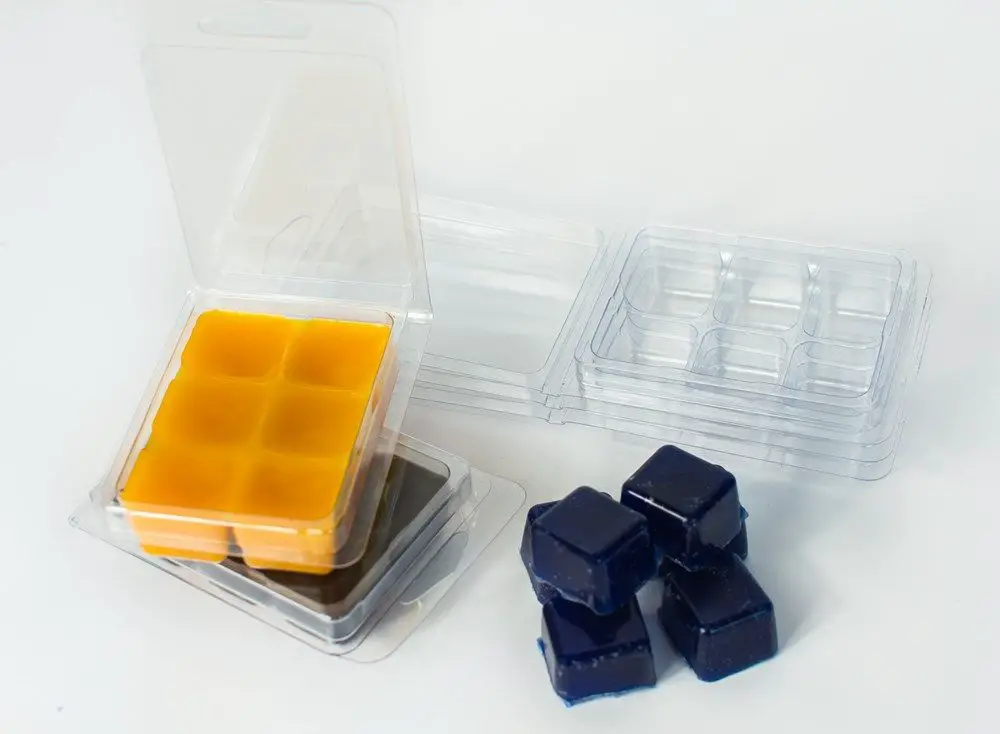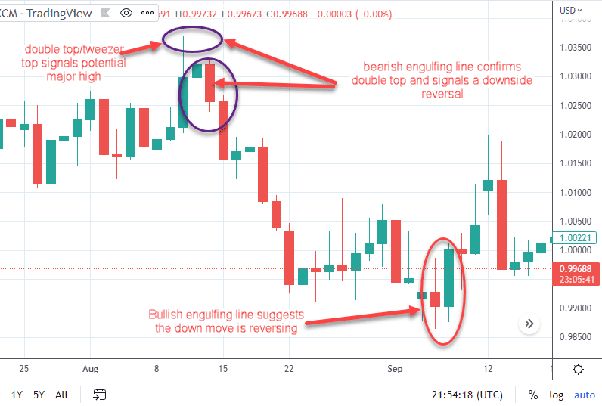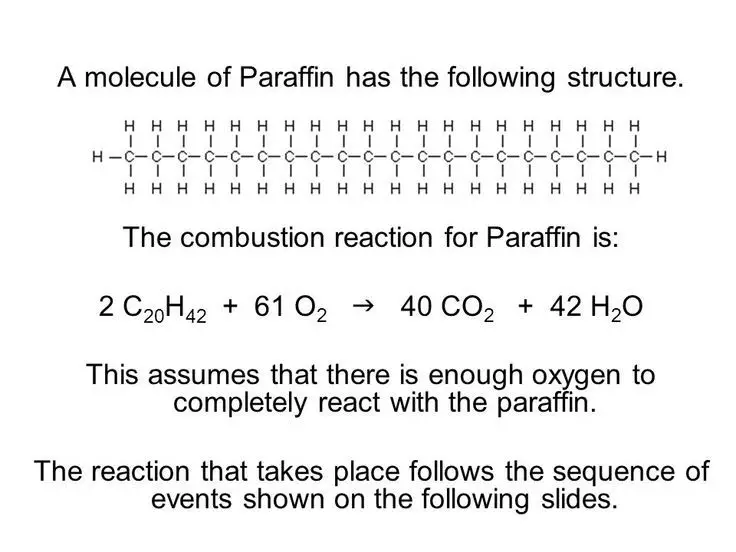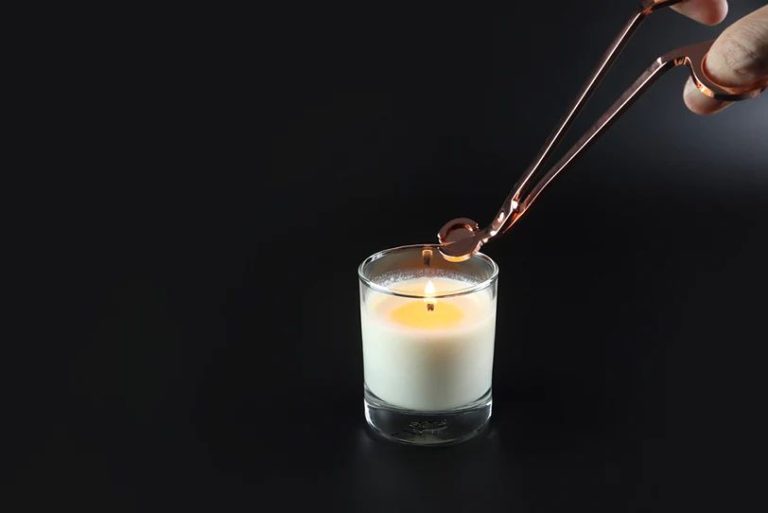What Temperature Do You Pour Soy Wax Into Clamshells?
Soy wax has become a popular alternative to paraffin wax for candle making in recent years. Made from hydrogenated soybean oil, soy wax is a renewable and environmentally friendly material that performs well in container candles. Soy wax was first used commercially for candles in the 1990s as a natural wax alternative to paraffin (source). It has a lower melting point than paraffin, which allows the wax to liquify at lower temperatures. Soy wax also has excellent fragrance retention properties. The natural softness of soy wax enables it to adhere well to container walls, creating a smooth appearance. Its clean-burning properties produce less soot than paraffin candles. The flexibility, scent throw, and environmental benefits have made soy wax a go-to choice for candle making.
Soy Wax Properties
Soy wax is made from hydrogenated soybean oil. It has several properties that make it a popular choice for candle making:
Soy wax has a low melting point of approximately 120-160°F, depending on the specific formula. This allows candles to liquefy at relatively low temperatures for an even, full melt pool while burning (1).
The wax can hold high fragrance loads, ranging from 6% to 10% depending on the formula. This allows soy candles to be strongly scented (2).
Soy wax burns slower and cooler than paraffin wax. This helps fragrance last longer. The max burn temperature is approximately 160°F (1).
The wax produces minimal soot and smoke while burning cleanly. No carbon is released from the natural soy wax itself (2).
Soy wax is biodegradable and derived from a renewable resource. Many formulas use American-grown soybeans, supporting U.S. farmers (1).
Common soy wax types are container wax, pillar wax, votive wax, and tealight wax. Different formulas are optimized for the candle’s intended use (2).
(1) https://www.soywaxcandles.net.au/soy-wax-properties/
(2) https://www.candlescience.com/learning/choosing-a-soy-wax/
Preparing the Soy Wax
Soy wax needs to be properly melted and prepared before pouring into clamshells or candle jars. There are a few key steps to follow:
First, make sure to use an appropriate double boiler or wax melter to evenly melt the soy wax. Do not melt wax directly on a stovetop or use a microwave, as this can scorch the wax. A wax melter with adjustable temperature settings is ideal (Wax and Wick).
Melt the wax slowly, aiming for a temperature between 180-200°F. Stir frequently as the wax melts to prevent hot spots. Getting the wax too hot can burn it. The wax should be completely melted with no lumps.
Add any candle fragrance oils or dye at the proper temperature after the wax is melted – usually around 185°F. Stir to fully incorporate additives (Pinterest).
Allow the melted wax to cool slightly to reach the ideal pouring temperature before filling containers. The wax needs to be hot enough to flow smoothly but not so hot that it scorches the containers.
Preparing the Clamshells
Before pouring the soy wax, it’s important to properly prepare the clamshells. Here are some tips:
First, wash the clamshells with soap and water to remove any dirt or residue. Make sure they are fully dry before proceeding further. According to CandleScience, you can gently wipe the inside of the clamshells with rubbing alcohol if needed to fully clean and de-grease them.
Next, consider using clamshell primer. Priming will help the wax better adhere to the plastic clamshells. Primer can be purchased from candle making suppliers. Apply a light coat to the inside of the clamshell and let it fully dry.
Prepare the wicks by cutting them to size and sticking them in the center of each clamshell cavity. Make sure the wick tab is flat against the bottom of the clamshell. The wicks need to be positioned properly before pouring the wax.

The clamshells are now ready for the soy wax to be poured at the proper temperature which will be discussed next.
Pouring Temperature
The ideal pouring temperature for soy wax into clamshells is between 135-145°F (57-63°C). Pouring at temperatures below 130°F (54°C) may cause frosting on the surface as the wax cools too quickly. Temperatures above 150°F (66°C) can cause sinking or separation in the wax as it cures. Most soy wax manufacturers recommend a pouring temperature between 135-145°F.
To measure wax temperature, use a thermometer designed specifically for wax pouring. Candy or meat thermometers are not ideal. Digital thermometers offer the best accuracy. Place the thermometer probe directly into the melted wax, stirring gently to equally distribute the heat. Monitor the temperature as the wax melts, removing the thermometer once the target temperature range is reached.
According to Craft Server, many candle makers report good results pouring soy wax clamshells at around 140°F. Candle Science recommends pouring soy wax clamshells at 170°F. Always follow your specific wax manufacturer’s guidelines for ideal pouring temperatures.
Sources:
https://www.candlescience.com/learning/make-clamshell-wax-melts/
https://www.craftserver.com/topic/104533-what-temp-do-you-pour-your-clamshells/
Pouring the Wax
When pouring soy wax into clamshell containers, it’s important to pour slowly and steadily to avoid creating bubbles in the wax. According to CandleScience, tilting the container slightly and pouring in a thin stream along the side can help reduce bubbles.
They recommend pouring the wax at about 175-185°F to give you plenty of time before it starts setting up. If you pour too hot, around 190°F, the wax can lose its scent throw. If you pour too cold, around 150°F, the wax may start to set up too quickly and make pouring cleanly more difficult.
CandleScience suggests using a thermometer to monitor the temperature and making slight adjustments to get the ideal pouring temp for your particular wax. Heat the wax about 20 degrees hotter before pouring, then let it cool to the target temperature.
Pouring too fast can cause splashing and bubbles in the wax. A slow, steady stream is best. Fill each cavity about 3/4 full, leaving room for expansion as the wax cools. This helps prevent leaking or overflow.
If bubbles do form after pouring, you can swirl a toothpick through the wax to release the bubbles before it fully sets up. Work quickly though, as the wax will begin solidifying within a few minutes.
Troubleshooting
Soy wax candles are prone to issues like frosting, wet spots, tunneling, and more. Here are some tips for troubleshooting common soy wax candle problems:
Frosting occurs when the wax crystallizes and turns white on the surface as the candle cools. To prevent frosting, avoid cooling the candle too quickly after pouring. Slow cooling allows the wax crystals to form properly. Frosting can also happen if you pour the wax too cool. Maintain a pouring temperature between 120-135°F.
Wet spots are pools of oil that seep out of the wax. This is caused by adding too much fragrance oil. The recommended usage is 6-8% of oil weight for soy wax. Lower the fragrance oil percentage to avoid wet spots.
Tunneling happens when the wax melts unevenly, creating holes and tunnels in the melted wax pool. This is often due to poor wick size, curing, or pouring temperatures. Use a larger wick, cure the candle fully before burning, and pour at the recommended temperatures.
If your candle has any of these issues, try adjusting your process. Proper soy wax pouring and curing temperatures are key for avoiding common problems. Refer to this video for more soy wax troubleshooting tips.
Curing and Cooling
After pouring your soy wax into clamshells, it is crucial to allow enough time for curing and cooling before moving or handling the finished candles. Soy wax candles require a curing time of 24-48 hours before they can be safely moved or shipped.
Candle wax needs time to fully harden and stabilize. If candles are moved too soon, it can result in wet spots, cracks, or other defects in the finished product. Allowing soy wax candles to cure for at least a full day gives the wax time to completely set up and the crystals to fully form.
Cooling is also an important part of the process, as soy wax will shrink slightly as it cools. Slow cooling helps prevent cracking, sinkholes, and other issues. Store soy wax candles in a room temperature area out of direct sunlight while curing and cooling.
Test the hardness of the wax before moving candles. The wax should be completely hardened with no soft or sticky spots. When in doubt, allow extra time for curing and cooling to ensure candle quality. Patience is key when working with soy wax.
With proper curing and cooling time, you will end up with hard, smooth candles ready for use. Rushing the process can ruin an otherwise perfect soy wax candle. Aim for 24-48 hours curing time if possible before handling, packaging or shipping your finished soy candles. Checking forums like r/candlemaking on Reddit can provide additional tips from experienced candle makers.
Safety Tips
When working with soy wax, safety should always be your top priority. Melted wax can reach temperatures over 175°F, which can lead to serious burns if spilled or splashed on skin (Country Hill Cottage, 2023). Here are some key tips for safely handling hot wax:
- Use extreme caution when pouring wax into containers – work slowly and focus intently to avoid spills or splashes.
- Allow wax to cool down before moving or handling containers.
- Always wear protective gear like gloves, long sleeves, closed toe shoes, and safety goggles.
- Keep children and pets away from the wax pouring area.
- Have paper towels nearby to quickly wipe up any spills.
- Avoid distractions and give the wax your full attention during the pouring process.
Working carefully and implementing appropriate safety measures will help prevent injuries when making soy candles. Pay close attention and take your time, allowing the wax to fully cool before handling (My Candle Making, 2023). With some simple precautions, you can pour soy wax safely.
Resources
When getting started with soy candle making, it’s helpful to have the proper equipment and supplies. Here are some recommended resources:
For soy wax, check out suppliers like Soy Candlemaking Supplies Sourcing – TopTenWholesale.com. They offer wholesale pricing on soy wax flakes and other candle making materials.
For jars, wicks, fragrances, and other equipment, craft stores like Michaels (www.michaels.com) have candle making kits and supplies. You can also find a great selection of products at specialty retailers like CandleSupply.com.
When first starting out, it’s helpful to follow step-by-step video tutorials. Some good YouTube channels for beginners are Make Soy Candles, Royalty Soaps, and Nature’s Garden Videos.
There are also helpful books and e-books available, such as The Complete Photo Guide to Making Candles by Anne-Marie Faiola. Follow the steps and tips from experienced candle makers.
Joining online communities and forums is a great way to get advice and share ideas with other candle making enthusiasts. Popular Facebook Groups include The Candle Makers Community and Candle Making & Soy Melts.





